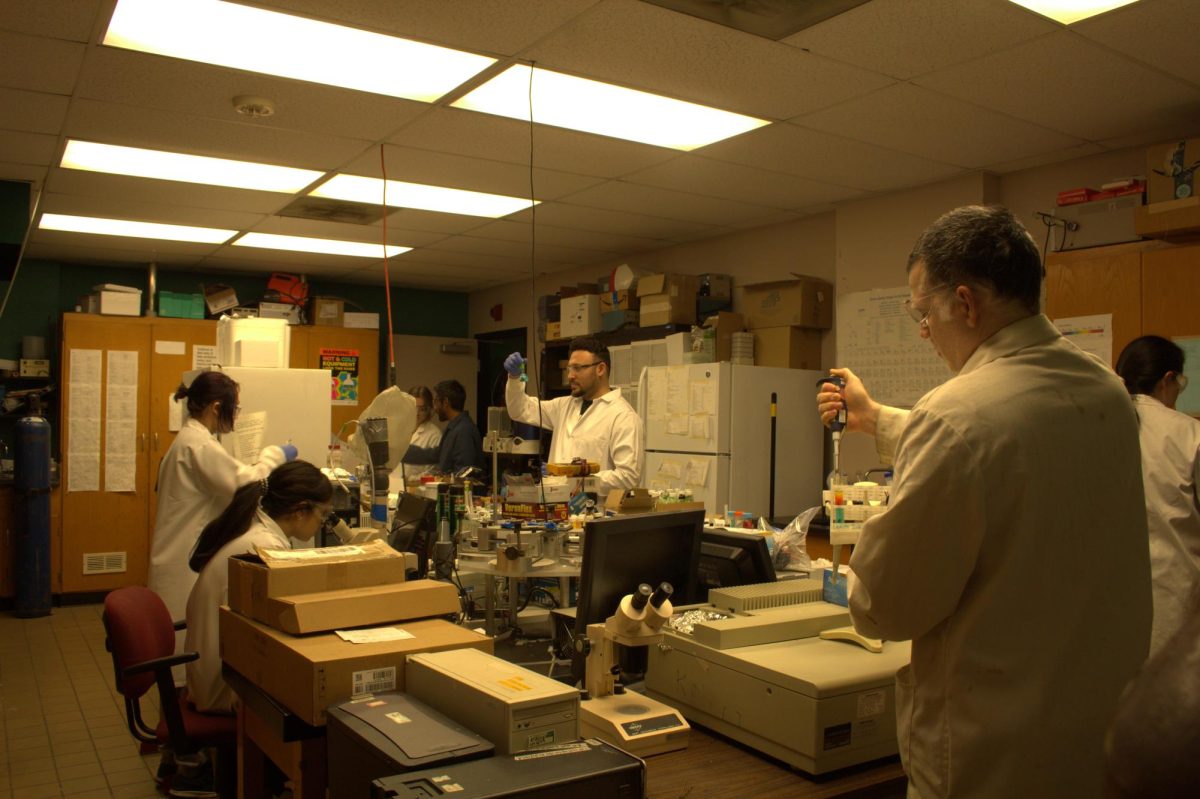SIUE leaders relieved over budget deal, wary of the future
July 5, 2016
After a year and a half of mostly unproductive bickering, Illinois lawmakers compromised last week to pass a makeshift spending plan giving state agencies a six-month reprieve from the budget standoff between the Republican governor and a Legislature controlled by Democrats.
It’s good news for the leaders of Illinois’ colleges and universities, who say the uncertainty caused by the budget impasse cost them employees, made it difficult to fill job openings and made state schools less attractive to students.
At SIUE last week, the prevailing emotion was relief, but with some apprehension mixed in over what will happen after December when the budget deal expires.
Advertisement
“We are all greatly relieved,” SIUE Chancellor Stephen Hansen said. “But this is by no means a final solution.”
The budget deal includes more than $100 million for the SIU system, including $8.4 million to reimburse schools for funding student scholarships over the past year.
Last fall, administrators at SIU’s campuses in Edwardsville and Carbondale agreed to pay low-income students the equivalent of what they would normally receive from the state as part of the scholarship program known as MAP — the Monetary Award Program.
At the time, SIU System President Randy Dunn called it the right thing to do.
Across both campuses, roughly 5,000 students received MAP each semester at a cost of roughly $19 million for the 2015-16 school year.
Statewide, about 130,000 low-income students rely on MAP each year.
Earlier this year, Dunn said parents and students should direct their anger toward the state of Illinois, which he said “basically abandoned our students.”
Advertisement*
Meanwhile, schools picked up the burden.
SIUE lost approximately 60 faculty and staff members, which SIUE’s chancellor says was a direct result of the budget standoff.
Additionally, the school laid off 22 employees and kept 40 job openings unfilled.
In all, SIUE was down 122 employees last year, representing nearly 6 percent of its 2,100-member workforce.
“It hasn’t been easy,” Hansen said.
In addition to the staffing shortages, the planned renovation of a science building went unfinished, campus facilities were cleaned less often and groundskeeping work was limited.
Through it all, students felt minimal pain, Hansen said.
“At SIUE, students never had to worry about whether we would cancel classes or programs or cut back services,” he said. “We put students first. We took our hits in infrastructure and how we aligned the budget.”
Some employees didn’t fare as well.
Even as employees continued to have health care costs deducted from their paychecks, the state wasn’t paying its share to health care providers. It meant that some doctors refused patients who couldn’t pay the full bill upfront.
The standoff pitted Gov. Bruce Rauner’s pro-business agenda against the Legislature.
Democrats called for tax increases to cover the state’s obligations, while Rauner argued that the state needs stricter workers’ compensation laws, limits on the power of unions and property tax freezes.
In reaching the temporary budget deal, Illinois’ colleges and universities will receive about $1 billion in funding.
Dunn, SIU’s system president, said the deal included:
- $106.1 million for SIU system-wide university operations
- $625,000 for the SIUE Pharmacy school
- $155,500 for fire protection at SIUE
- $54,000 for SIU scholarship grants
- $24.6 million for the SIUE science lab
- $1.4 million for the SIUC fire alarm system
- $8.4 million in scholarship reimbursements.
(c)2016 the St. Louis Post-Dispatch
Visit the St. Louis Post-Dispatch at www.stltoday.com
Distributed by Tribune Content Agency, LLC.
Advertisement







